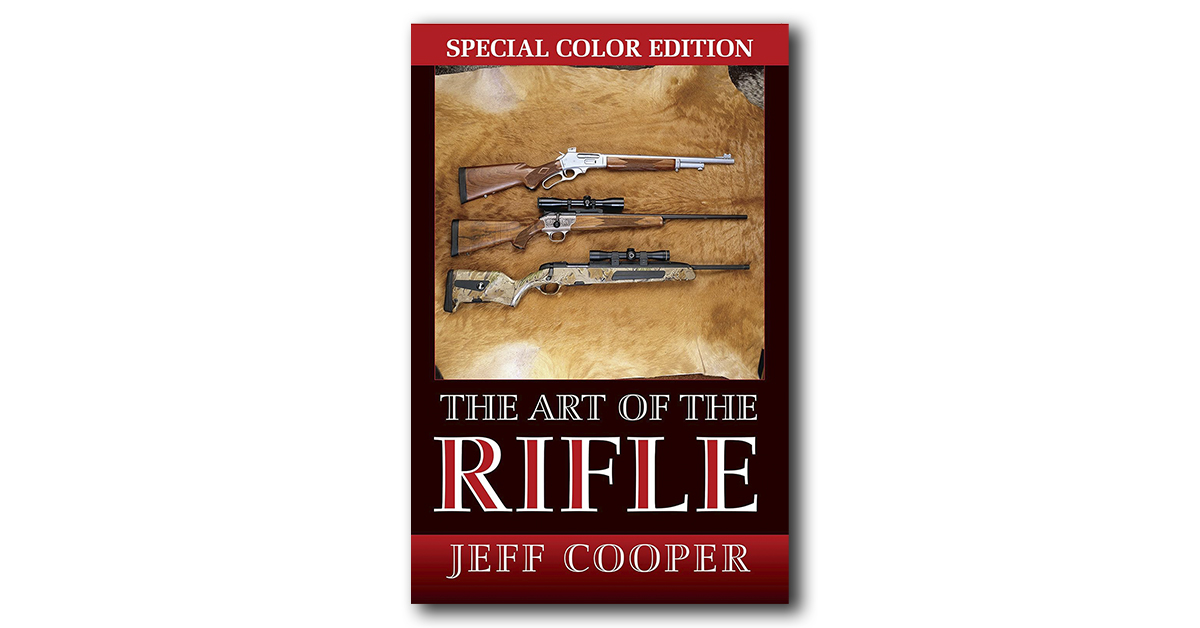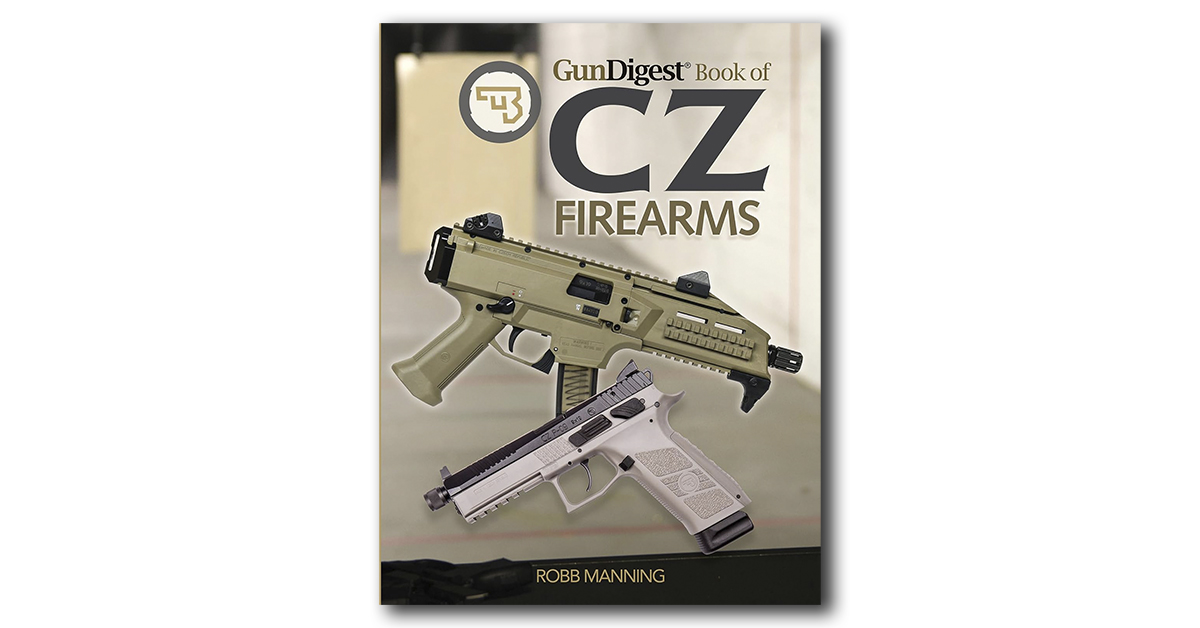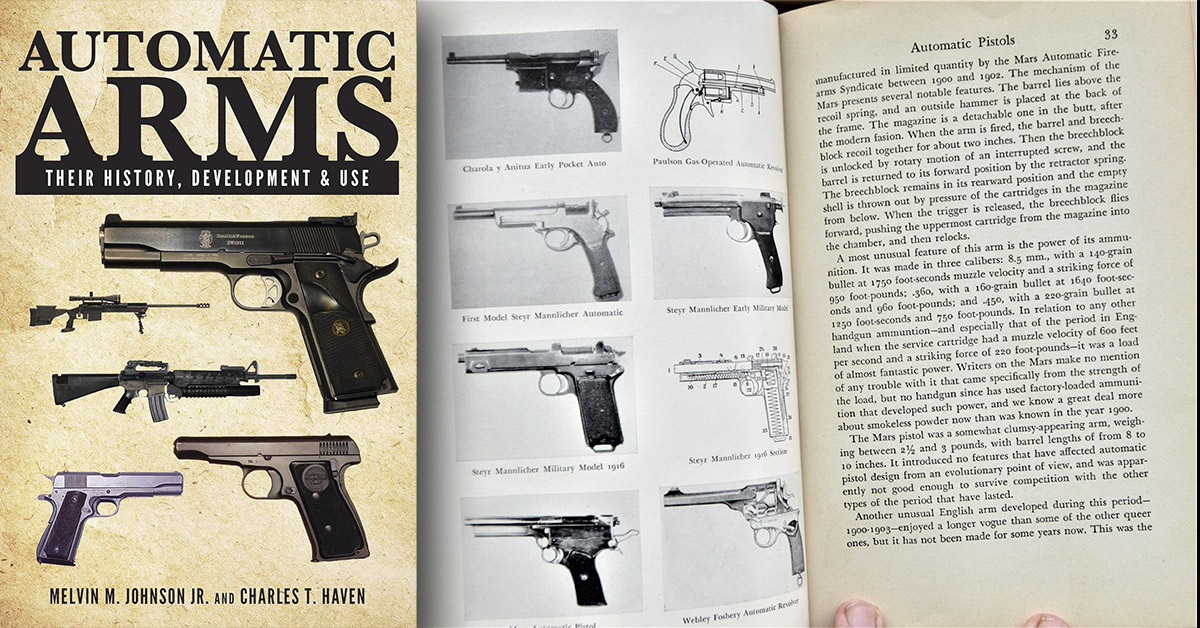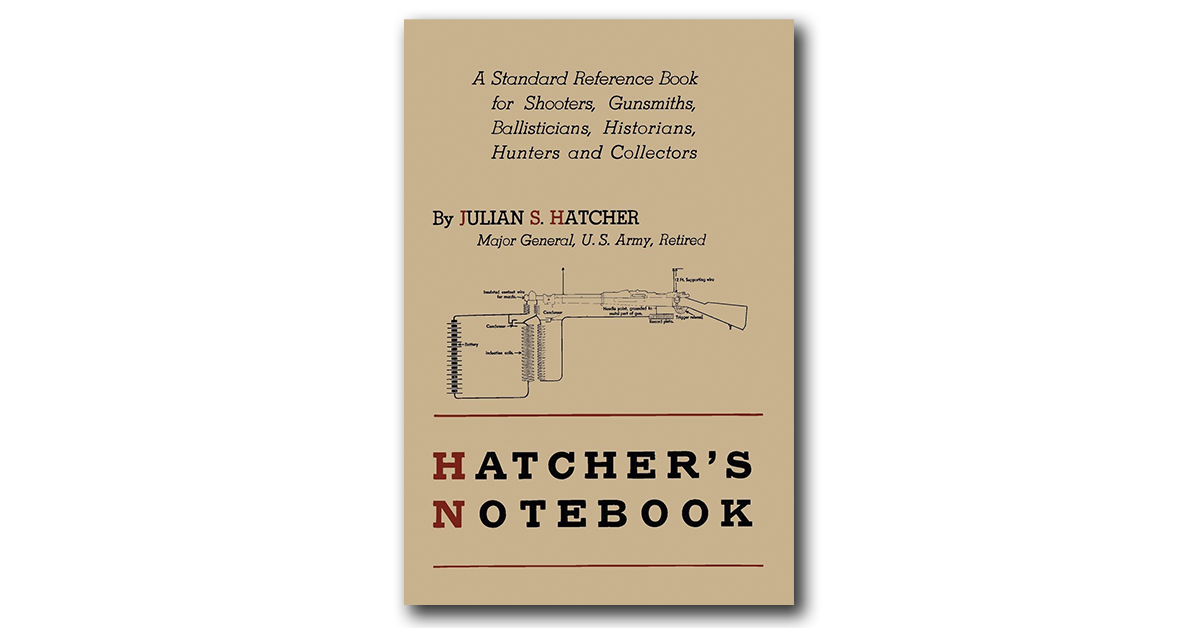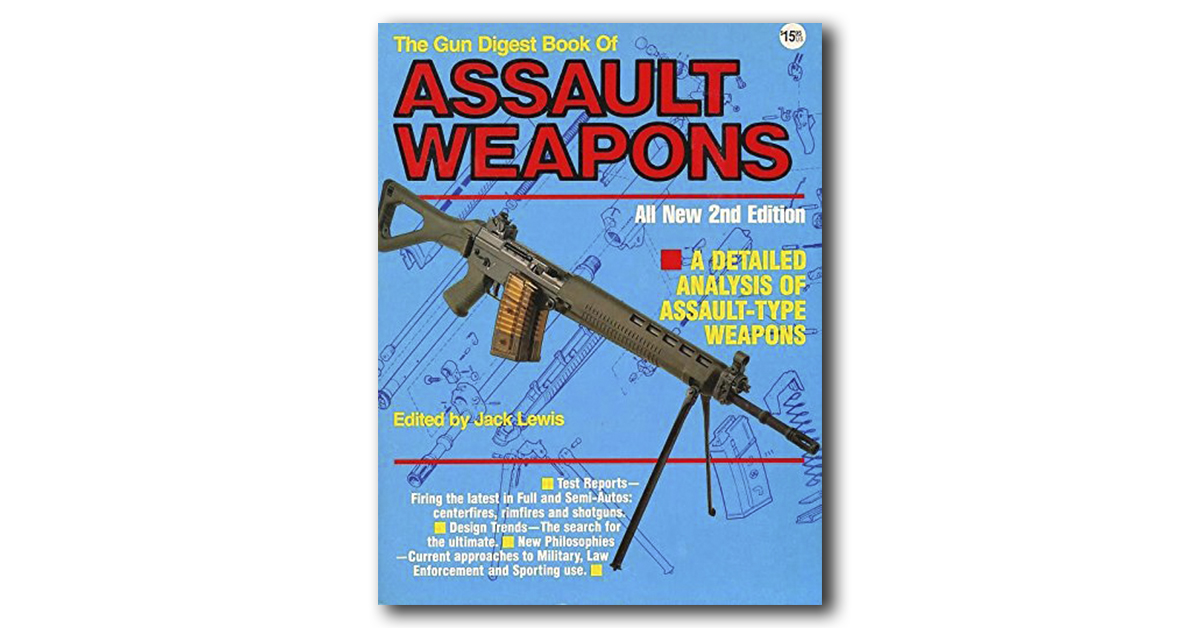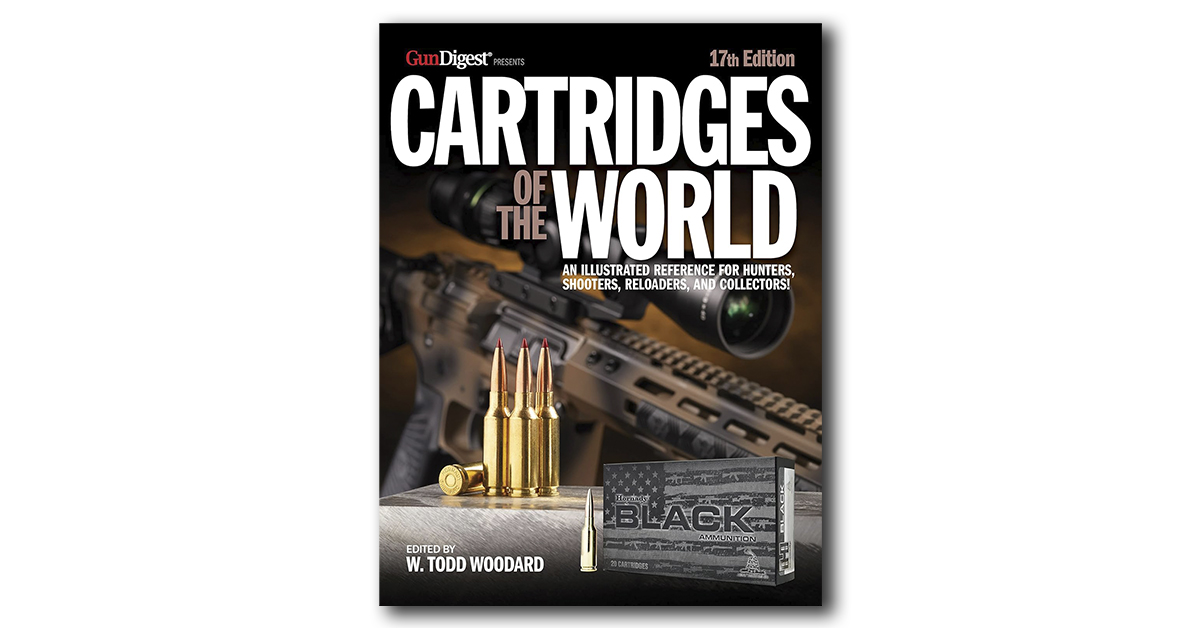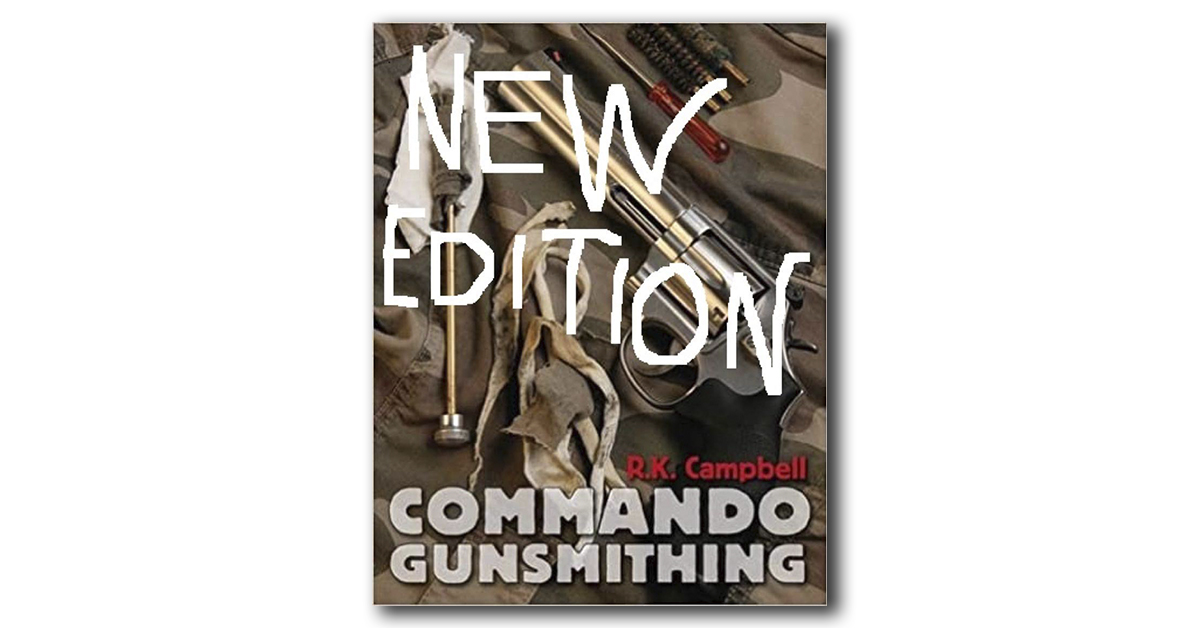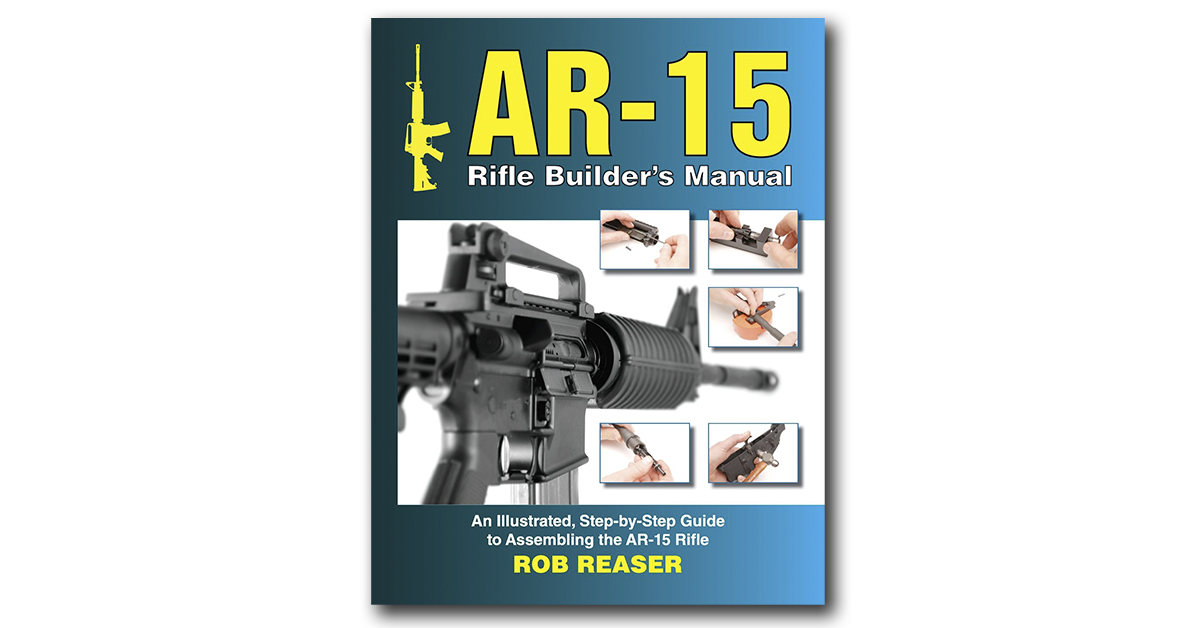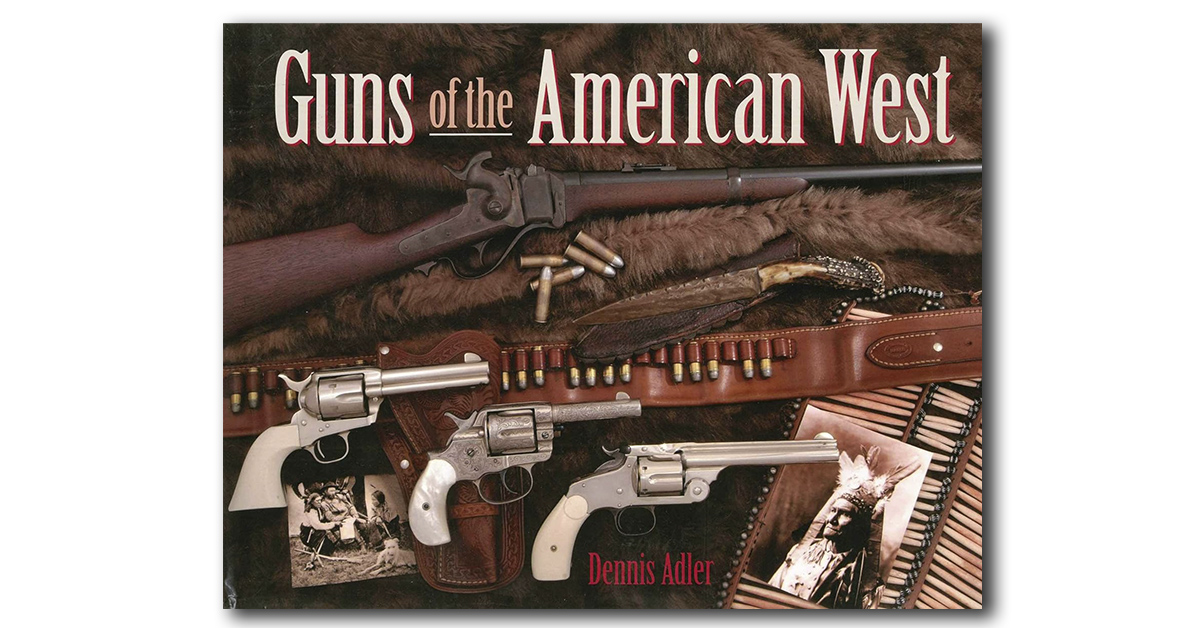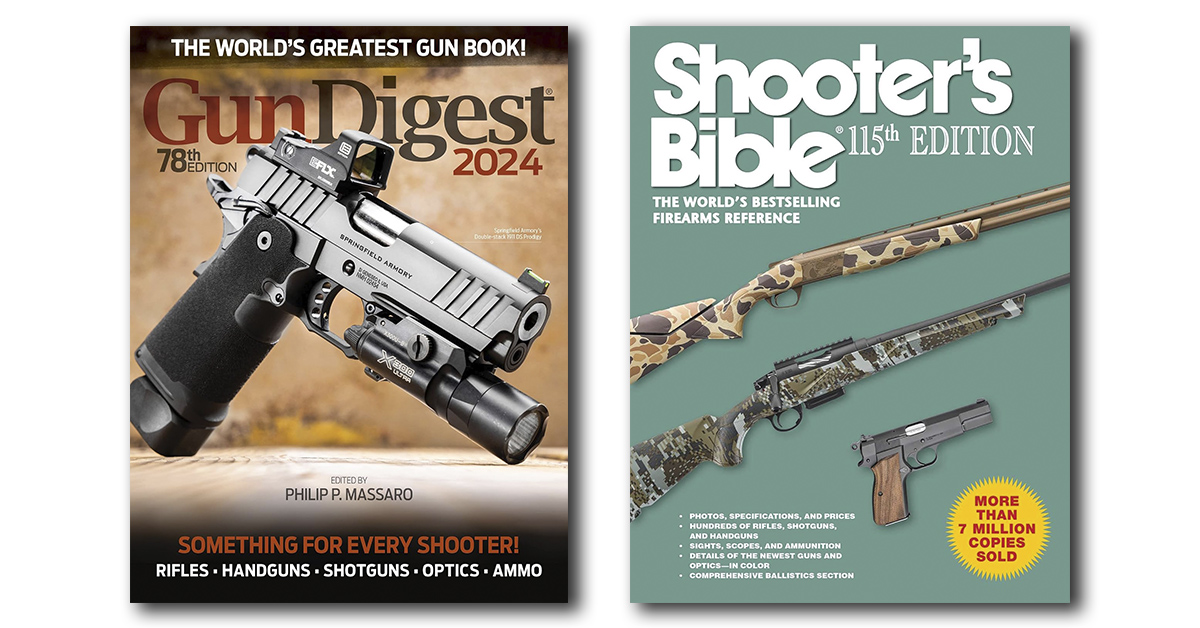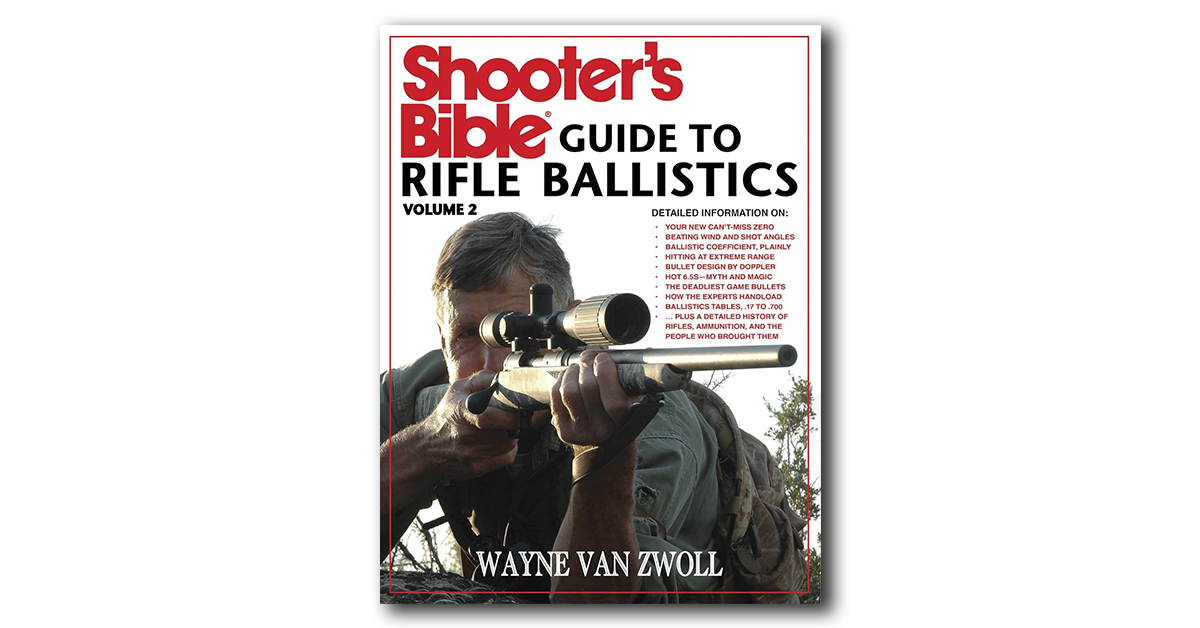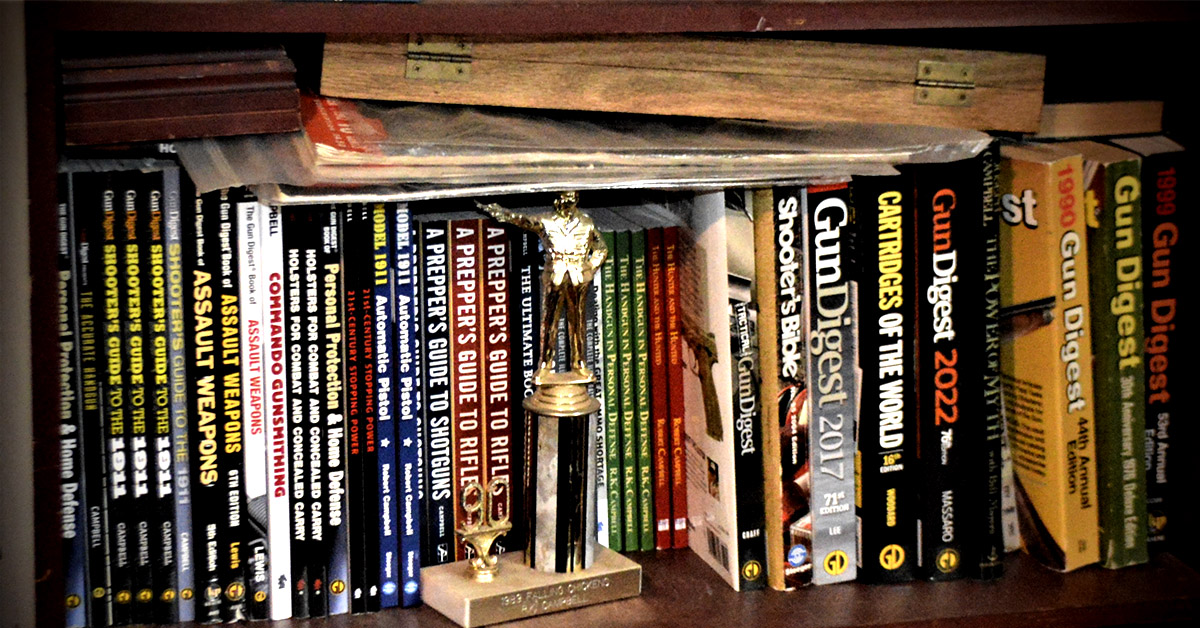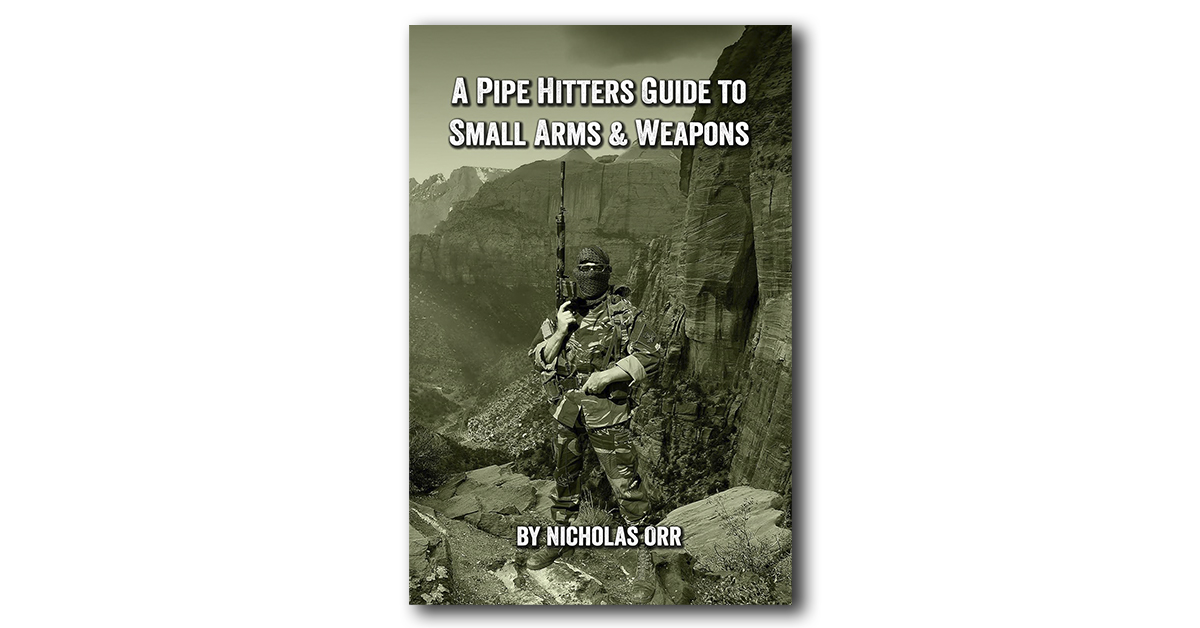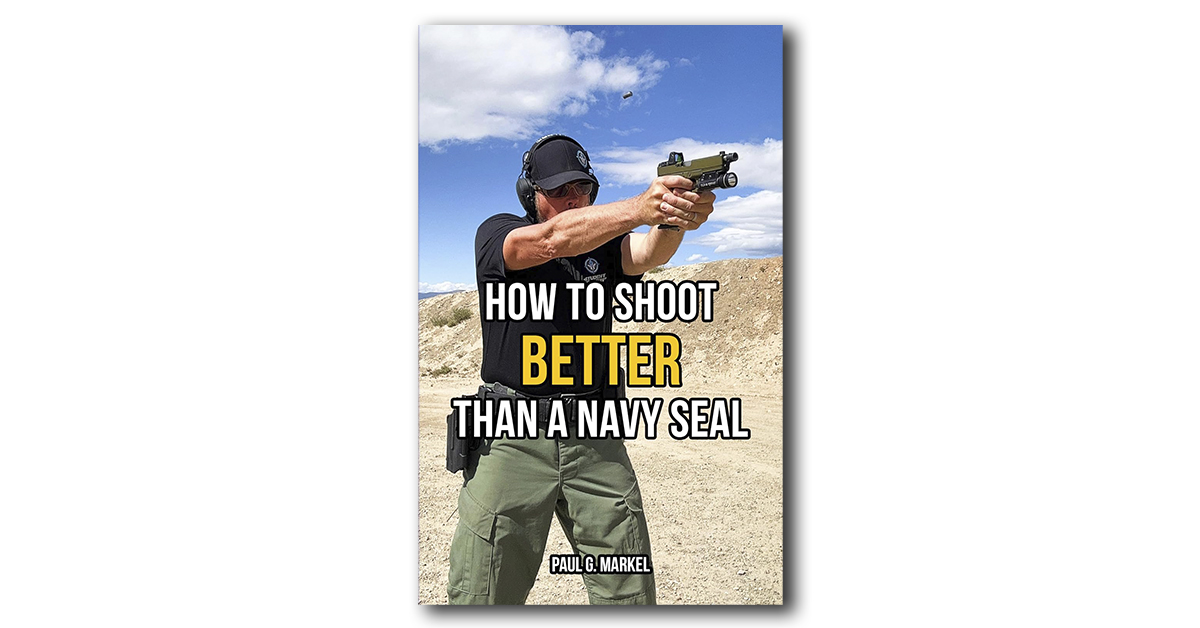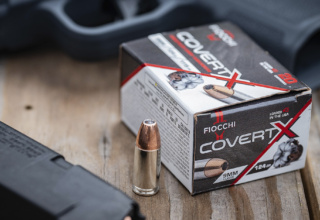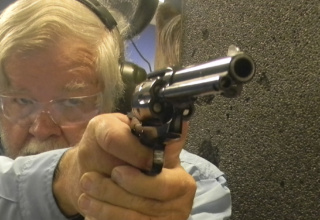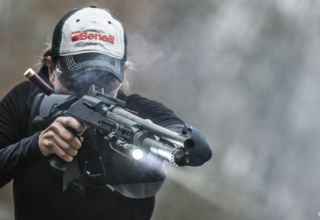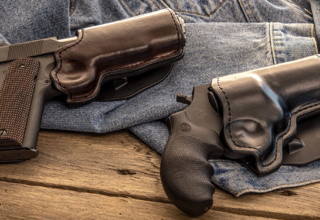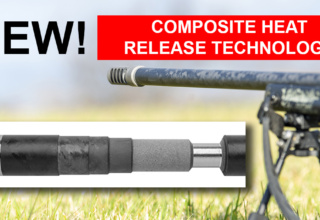Authoritative books written by “been there, done that” authors can deliver the next-level learning steps to improving your firearm craft. Here are a few examples to consider for your gun book library.
by Bob Campbell
I don’t expect every shooter to keep a library of reference material as I do and as I must. It seems that fewer people appreciate settling down with a good book and a cup of coffee. But then, we have a need for instant information — and some of it isn’t that valid. While anyone may post a review or two (and anyone does), it is still difficult to publish a reputable book. Yet you cannot fill a shelf with just any gun book. There are specifics.
If you lean toward shotguns, rifles, or handguns, there are relevant choices. Some books ,though, such as Cooper’s The Art of the Rifle, should be read for their own sake whether you set foot in a game field or not. The book is that well done.
I purchase a lot of books on a yearly basis. I would not be without the Shooter’s Bible or Gun Digest. I also buy a number at yard sales and estate sales. I have cut back on the used books. They are often dated, and the information simply is no longer relevant.
If you find a copy of Shoot On contributor Robb Manning’s Gun Digest Book of CZ Firearms at a fair price, buy it! You probably won’t find it at a yard sale. It is a must-have for all CZ fans.
By the same token, some books are best left to be shredded. As an example, some things in the firearms field become dated much more quickly. My first book, Holsters for Combat and Concealed Carry, is an example. Published some thirty years ago, it was a good source of information at the time. Many of the makers mentioned in the book are long out of business or retired. Many of the holsters are no longer in production. There isn’t a lot about Kydex and other recent innovations. Give it a pass if you find a copy. Likewise, The Handgun In Personal Defense was a great little book when Alan Gottlieb and I conceived it. Today, I know a lot more and have more experience. There are handguns in the book that are no longer in production. Smith’s 3913 pistol and Cor-Bon ammunition date the book. A good book must be current for relevancy in a critical field such as firearms training. On the other hand, a historical work or a book on collecting may be near immortal. Let’s look at my program and see how it may work for you.
Before you go on a spending spree, let’s isolate what you really need. I may spend the price of a decent rifle or shotgun a year on books. Just the same, with a good memory, a few are read only once while others are constantly used for reference.
As an example, a great book that is still available at a fair price is Automatic Arms: Their History, Development & Use by Johnson and Haven. There is information found nowhere else and the book covers a great deal of territory right up to the publication date of 1941. The perspective is professional and the section on fighting in war time is worth the modest price of the book. Melvin Johnson, of course, is of Johnson Automatic rifle fame and less well known as having an important part in development of the AR 10 rifle.
A crusty old book worth a read is Ed McGivern’s Book of Fast and Fancy Revolver Shooting. The prose is stilted and difficult to get through. I imagine McGivern grew up reading Victorian authors, and it shows. Nevertheless, this book is full of interesting information and valid shooting tips. Anyone taught fast shooting and shooting on the move by McGivern was an excellent shot. I know one young cop who used some of McGivern’s tactics operationally as late as 1982. It worked for him and still would.
Chic Gaylord’s Handgunners Guide is a gem. While some of the tactics are outdated — and better work exists — it is worth a read. Gaylord’s distrust of the automatic pistol was common in the day and an interesting part of the book.
Hatcher’s Notebook: A Standard Reference Book for Shooters, Gunsmiths, Ballisticians, Historians, Hunters, and Collectors by Julian S. Hatcher is another must-have. It isn’t quantum theory, but it is also not for the casually interested. These older books tend to be pricier, and even modern reprints cost more than most books, but for the rifleman they are essential. Bill Jordan’s No Second Place Winner is a book on gunfighting that is quite dated but a good read all the way through. In the day, Keith was the pope, Skelton an archbishop, and Jordan the vicar. All are worth a read.
My own interest in firearms was aided invaluably by books penned by the hand of C B Colby. He wrote clearly and concisely on military and police guns and did so at a beginner’s level. These books were in elementary school libraries. While only nostalgia would justify this purchase, they certainly served a purpose and there really is nothing like them today.
When you purchase a book, the author or authors should be writers of authority. At one time, writers were actually vetted and had accomplished something in the field. Jack Lewis, as just one example, put together a well-rounded group of writers in the original Gun World. Later, we worked together on several editions of the Gun Digest Book of Assault Weapons. Probably no book of the time had a more experienced crew than Denny Hansen’s SWAT magazine. Some books are basically by journalists and, at best, the writers have been to a lot of schools. They may do a gun book one week, a hot rod book the next, and a boating book after that. Consider the person’s qualifications and whether the book has hard-earned knowledge.
Let’s look at some modern books you must have and how to keep a neat and well-organized library.
Cartridges of the World is an essential book for the gun crank. Now in its 17th edition and edited by W Todd Woodard, this book details specifications and performance of the world’s cartridges. I once had a dozen or so of these. I have been lucky enough to post articles or reports in several editions. The time comes, though, when it is like keeping the kid’s homework from grade school. Sooner or later, something must give. I realized that the latest edition is by far the more desirable and most complete roundup of cartridges, as it should be. It is good to give away the older books, especially to young shooters just starting their reference library. You never know when they will run across a .320 Rook. Seriously, one or two of these is all you need.
Some of the best books are really adventure books. While I have my Jack London books, Jack O’Connor’s books on rifles and hunting are equally treasured. Capstick is much in the same vein. Some books read like a hodgepodge of magazine articles cobbled together. A book should be a labor of love, but then they must sell to pay the bills. That said, when it comes to personal defense and legal ramifications, my friend Massad Ayoob stands alone. His books are well written and carry the weight of tremendous legal and practical experience. He has done more than just gone to a lot of schools. One fellow went to enough of Ayoob’s schools to write a derivative book. Don’t waste your time on this drivel more than once. Purchase from the primary source!
Gunsmithing books give me pause. I wrote Commando Gunsmithing to give folks a good start on disassembly and maintenance and to provide information on simple upgrades and fixes. A book describing lathe and drill press work is really a shop manual. There are very good ones.
Those who want to dig into the nuts and bolts of the AR-15 platform, either to build their own or to get a deeper understanding of how they go together and function, should check out AR-15 Rifle Builder’s Manual by Shoot On‘s editor-in-chief Rob Reaser.
If you are interested in gunsmithing, I recommend contacting Sonoran Desert Institute for an online course. Some of my proudest work is in their curriculum, but that is just a small part of what they offer!
Older books on gunsmithing are often full of good information while chapters on gun blue, as an example, are hopelessly outdated. Except as light reading, I would avoid them. Bryce M Towsley is a good name in gunsmith books and his books seem viable for the modern shooter. Recently, Roy Huntington put together a double magazine size DIY series on gunsmithing that I enjoyed very much. They are affordable and have quite a few standout articles. If you are a hobbyist and like to tinker, these are good investments. Enthusiasm cannot be faked, and Huntington has plenty of enthusiasm.
Be careful when purchasing reference books. Many simply say the same thing. You may end up with a repetitive library. One reference book you must have is a good loading manual. Whether you handload or not, the ballistic information is priceless. Barnes, Sierra, Hornady, and Lyman books grace my shelves. There are a few I have not read, such as the Berger manual. Creating a loading manual is a tremendous undertaking.
A word to the wise…discard manuals every ten years or less. Burn rates in powder change over time. Different lots and such, you know?
Certain books on history and reference are worth the price of admission simply for the beautiful illustrations. We all love the Old West. Guns of the American West by Dennis Adler is among a very few gun books that is both informative and an attractive coffee table book. Jim Supica is a valid source of information and a gentleman, whose scholarly work makes his books like the Standard Catalog of Firearms another one for the shelf.
The work that goes into these books is a tremendous team effort by both staff and contract workers. My daughter and I researched and cataloged several sections of a gun value book. Obtaining photographs and updating a book that has not been updated in ten years was painstaking work.
If you regard guns as an investment, these reference books are essential and renewable resources.
Another type of reference book to consider is a disassembly guide. Offered by Skyhorse and Gun Digest as well, these volumes cover dozens of firearms with clear text and good photos. The older versions do not have photos of great clarity and the modern books are preferred. While videos exist for most modern guns, anyone working with older firearms needs one of these books.
I mentioned keeping the library current. Just the same, in the used section and flea markets, I have run across quite a few gems. One of these was written during World War Two and described how field maintenance kept the M1 Garand going. Corrosion in the gas tube was a problem and the cure was expertly spelled out…just as the DCM was offering Garands for sale!
A book that is sometimes called “the world’s greatest gun book” is Gun Digest. This is perhaps the best written annual of all time with excellent writers and good material. Some of the writers are not what we refer to as mainstream. Often their work appears only in Gun Digest. They are among the best of the breed. This book is well worth the time to put together a collection. The Shooter’s Bible is more of a catalog with fewer articles, but a worthy book with a long heritage.
Another excellent book under the Shooter’s Bible umbrella is also authored by one of our mainstay Shoot On contributors, Wayne van Zwoll. His latest, Shooter’s Bible Guide to Rifle Ballistics: Second Edition, is a powerhouse of info for taking the sometimes-challenging concepts and applications of ballistics and putting them to practical use in the field.
The books we use the most should be the handiest. For me, these include reference books on gunsmithing. Price guides are seldom used as I am not a collector but an accumulator. I am involved in appraisal and a reference explaining how to grade guns is essential. But today, most of us use completed sales at Guns International and other auction sites as a price guide. Easy reading books such as the Old West books are organized in a small section along with H P Lovecraft and Jack London. I read these late at night sometimes by an oil lamp or on the front porch. A few of the real old-timers I seldom break out but are too good to give away, so they are on a small bookshelf in the garret upstairs, along with a writer’s table circa 1917 and an Underwood typewriter. Sometimes, I go up there and clear my mind!
We have it much easier today than any writers of the past and have much greater information available. While there is a great deal of rubbish written, the better types of periodicals give you a balance to form your own opinion.
*********
Editor’s Review
A few months ago, we received an advance copy of a tidy little book from Shoot On contributor and book author Paul Markel, suggesting our readers might be interested in a release by Nicholas Orr titled A Pipe Hitters Guide to Small Arms & Weapons, part of Orr’s Pipe Hitters book series. At just over 100 pages in print form (the book is offered through Amazon for the Kindle platform), the book covers a lot of ground in a short time, but it’s all good stuff.
For anyone looking for a quick take on fighting small arms from someone who has used them in the field, this is an educational and informative tome. With no breath wasted on fanfare, Orr jumps right into it, starting with the hallowed Colt 1873 SAA revolver and rolling right through to the modern era, hitting on all the prominent carbines, rifles, and shotguns with military pedigrees from around the world. Orr rounds out the book with a short discussion on ammunition and storage, closing out with a brief look at popular edge weapons.
As a thumbnail reference to viable defensive tools, A Pipe Hitters Guide to Small Arms & Weapons hits the mark.
And speaking of Student of the Gun front man Paul Markel, Paul also has just released a new book with the challenging title How to Shoot Better than a Navy Seal. Available in paperback or for Kindle, this new book is truly a manual for those who are seeking to take their skill level with a handgun from adequate or average to exceptional. The term mastery is used quite often throughout the text because mastery is something that we should all be seeking. A genuinely cerebral undertaking, How to Shoot Better than a Navy Seal goes far beyond the physical and dives deeply into the mental aspects that are required to achieve mastery, not just with a handgun, but in any endeavor in life. Mr. Markel has been teaching small arms and tactics to law enforcement, military personnel, and citizens for well over 30 years.

